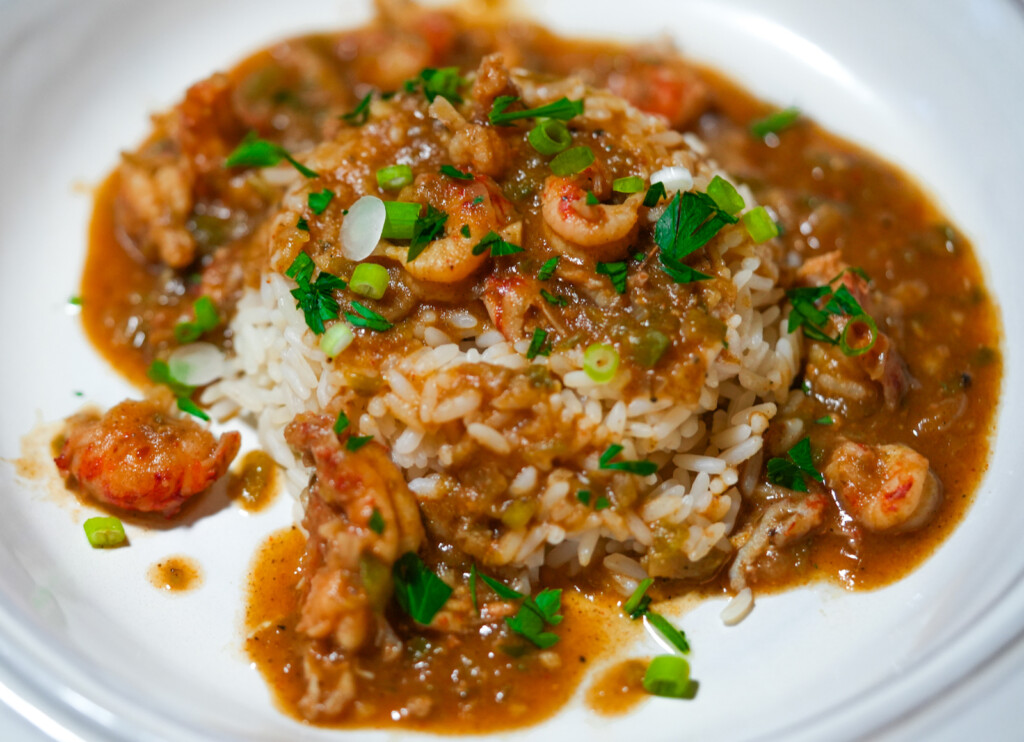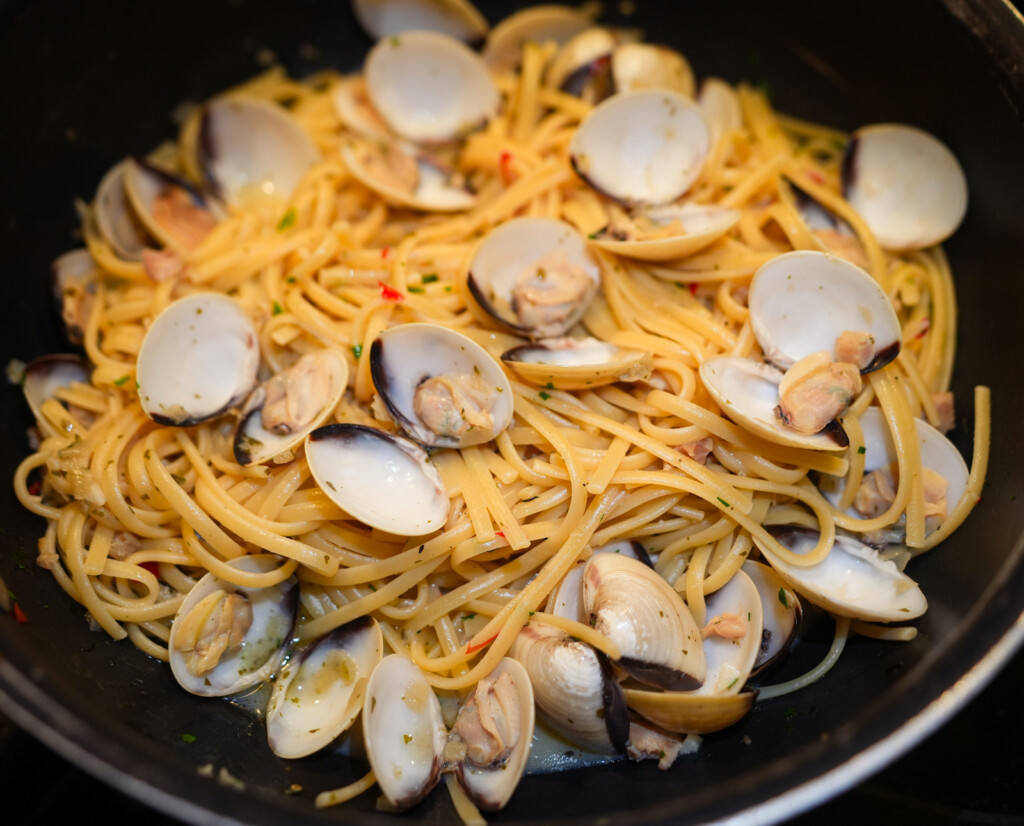
In our annual, Utah food renaissance issue, we are examining the food scene in terms of the farmers who grow food alongside the chefs who dice, chop, julienne, saute, fry, roast, grill, and plate it to perfection. There is good news in food: fat is the new black, and is now healthy! But besides that, we are beginning to see a picture emerge of a trend that could be a sea change for improving opportunities for small producers and entrepreneurs.
Restaurants, by and-large, all use the same suppliers. Order a steak from Ruby Tuesday and it’s the same steak from Sizzler because they both source from Sysco Foods. The steaks came butchered from one of just four major meat processors in the country. These processors are publicly traded companies.
The cows likely came from just one of six major feedlots in the country, which are publicly traded companies. The FDA sustains these revenue streams to inhibit competition by smaller producers with over-burdensome regulation. Most of these regulations were written by the corporations themselves and handed off to the FDA to protect shareholders. The FDA chiefs are usually former chiefs of big-ag.
We know who the government is really working to protect.
The farm-to-table, locavore movement tips this commodity-driven model on its head. BlueTree Farms out of Bluebell, UT, has a growing a reputation for their pasture-raised Berkshire Pork. It’s incredible, and more foodies are buying it. I visited their farm and didn’t want to leave. I felt the urge to stay, just like the Portlandia sketch where Carrie and Fred visit the chicken farm to visit the source of their “local chicken.”
They witness idyllic pastures full of happy chickens and end up staying for five years. The point is that farmers are creating demand for their product by offering a far superior product. Chefs are seizing opportunities to provide their customers with ingredients far superior than the factory-farm, Wall Street, chain-driven model.
This creates more opportunities for small-scale local dairies, local cheesemakers, produce farmers and meat producers, which would never be available if it weren’t for consumers driving the demand.
Bon Appetite!





